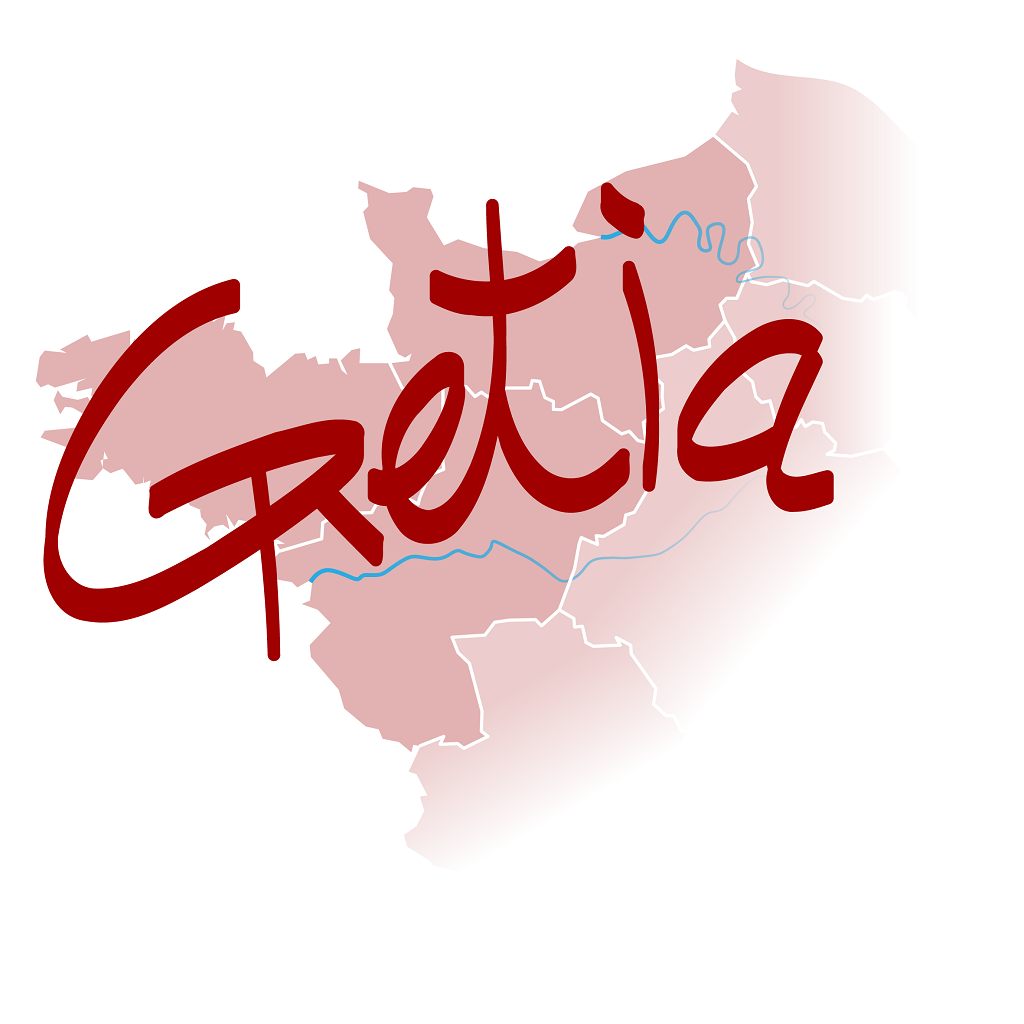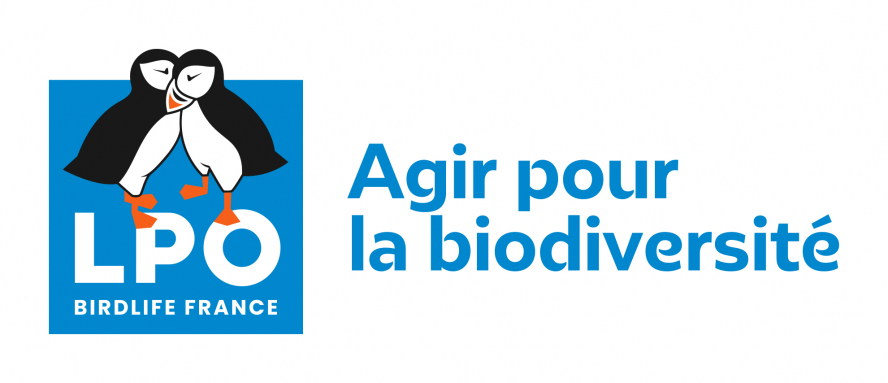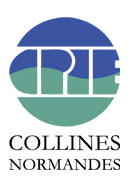- 229 observations
-
72
communes -
50
observateurs
26
organismes -
Première observation
1900 -
Dernière observation
2025
Alençon - Appenai-sous-Bellême - Athis-Val de Rouvre - Beauvain - Bellou-en-Houlme - Berjou - Boischampré - Bretoncelles - Briouze - Ceaucé - Ceton - Chahains - Chailloué - Champsecret - Condé-sur-Sarthe - Cour-Maugis sur Huisne - Domfront en Poiraie - Écouché-les-Vallées - Écouves - Feings - Ferrières-la-Verrerie - Giel-Courteilles - Gouffern en Auge - Héloup - La Bellière - La Chaux - La Coulonche - La Ferrière-Béchet - La Ferté Macé - L'Aigle - La Lande-de-Goult - La Motte-Fouquet - Le Champ-de-la-Pierre - Le Châtellier - Le Grais - Les Monts d'Andaine - Les Ventes-de-Bourse - Longny les Villages - Lonlay-l'Abbaye - L'Orée-d'Écouves - Magny-le-Désert - Ménil-Hermei - Ménil-Hubert-en-Exmes - Messei - Mieuxcé - Moutiers-au-Perche - Passais Villages - Perche en Nocé - Putanges-le-Lac - Rémalard en Perche - Rouperroux - Sablons sur Huisne - Saint-André-de-Messei - Saint-Bômer-les-Forges - Saint-Céneri-le-Gérei - Saint-Denis-sur-Sarthon - Sainte-Honorine-la-Guillaume - Saint-Ellier-les-Bois - Saint-Germain-du-Corbéis - Saint-Léger-sur-Sarthe - Saint-Mars-d'Égrenne - Saint-Nicolas-des-Bois - Saint-Philbert-sur-Orne - Saint-Pierre-des-Loges - Saint-Pierre-la-Bruyère - Saint-Sauveur-de-Carrouges - Soligny-la-Trappe - Suré - Tessé-Froulay - Torchamp - Tourouvre au Perche - Val-au-Perche
-
PNR et géoparc mondial UNESCO Normandie-Maine
Participation à 87 Observations
Part d'aide à la prospection : 37.99 %
Fiche organisme
-
Association Faune & Flore de l'Orne (AFFO)
Participation à 49 Observations
Part d'aide à la prospection : 21.40 %
Fiche organisme
-
GRoupe d'ETude des Invertébrés Armoricains (GRETIA)
Participation à 42 Observations
Part d'aide à la prospection : 18.34 %
Fiche organisme
-
Office pour les insectes et leur environnement (OPIE)
Participation à 32 Observations
Part d'aide à la prospection : 13.97 %
Fiche organisme
-
Société Française d'Odonatologie
Participation à 32 Observations
Part d'aide à la prospection : 13.97 %
Fiche organisme
-
PNR du Perche
Participation à 24 Observations
Part d'aide à la prospection : 10.48 %
Fiche organisme
-
Conseil départemental de l'Orne (bureau ENS)
Participation à 22 Observations
Part d'aide à la prospection : 9.61 %
Fiche organisme
-
DREAL Centre-Val de Loire
Participation à 11 Observations
Part d'aide à la prospection : 4.80 %
Fiche organisme
-
UMS PatriNat (OFB-CNRS-MNHN)
Participation à 6 Observations
Part d'aide à la prospection : 2.62 %
Fiche organisme
-
Peter Stallegger (Consultant Environnement)
Participation à 6 Observations
Part d'aide à la prospection : 2.62 %
Fiche organisme
-
Naturalia-Environnement
Participation à 4 Observations
Part d'aide à la prospection : 1.75 %
Fiche organisme
-
INTERVIA ETUDES
Participation à 4 Observations
Part d'aide à la prospection : 1.75 %
Fiche organisme
-
Conseil départemental de l'Orne
Participation à 4 Observations
Part d'aide à la prospection : 1.75 %
Fiche organisme
-
Bureaux d'études & consultants
Participation à 3 Observations
Part d'aide à la prospection : 1.31 %
Fiche organisme
-
Office national des forêts (ONF)
Participation à 2 Observations
Part d'aide à la prospection : 0.87 %
Fiche organisme
-
Système mondial d’information sur la biodiversité (GBIF)
Participation à 2 Observations
Part d'aide à la prospection : 0.87 %
Fiche organisme
-
Ministère de la Transition écologique et de la Cohésion des territoires
Participation à 2 Observations
Part d'aide à la prospection : 0.87 %
Fiche organisme
-
Habitants-bénévoles
Participation à 1 Observation
Part d'aide à la prospection : 0.44 %
Fiche organisme
-
Le Monde des Insectes (insectes.org)
Participation à 1 Observation
Part d'aide à la prospection : 0.44 %
Fiche organisme
-
CPIE Collines normandes
Participation à 1 Observation
Part d'aide à la prospection : 0.44 %
Fiche organisme
-
Ferme éolinne de Germancé à Saint-Ellier-les-Bois
Participation à 1 Observation
Part d'aide à la prospection : 0.44 %
Fiche organisme
-
Office Français de la Biodiversité (OFB)
Participation à 1 Observation
Part d'aide à la prospection : 0.44 %
Fiche organisme
Informations espèce
Longueur de l'abdomen : 34-38 mm.
Diagnose :
C'est une libellule de couleur terne, jaune clair et noir, avec l'abdomen non élargi à l’extrémité et marqué d’une bande jaune médiodorsale sur toute sa longueur.
Détermination :
L'espèce est assez simple à reconnaître.
Espèces proches :
L'espèce peut être confondue avec le Gomphe semblable, plus clair et plus mat, dont l’abdomen est peu élargi et qui possède une ligne thoracique interpleurale incomplète.
Période d’observation :
Les adultes sont observés de mai à début septembre.
Biologie-éthologie :
Cette espèce est semivoltine, les larves ayant un développement en deux ou trois ans. Les mâles patrouillent le long des rives et se posent régulièrement sur la végétation riveraine ou à même le sol. On les trouve également à l’écart sur les chemins, notamment le matin et le soir. Ils sont très tolérants les uns envers les autres.
Biogéographie et écologie :
L'espèce est présente à l’ouest de l’Europe et localement en Europe centrale. Elle fréquente les eaux stagnantes et courantes diverses, de toutes tailles, acides ou alcalines, riches en végétation aquatique ou non, jusqu’à 1500 m d’altitude.
D'après :
Grand, D. & Boudot, J.-P. 2006. Les Libellules de France, Belgique et Luxembourg. Collection Parthénope. Biotope, Méze. 480 pp.
Dijkstra, K.-D. B. 2007. Guide des libellules de France et d'Europe. Les guides du naturaliste. Delachaux & Niestlé, Paris. 320 pp.
Source : fiche descriptive, INPN
C2 : Eaux courantes de surface
J5 : Plans d'eau construits très artificiels et structures connexes
Répartition actuelle en France métropolitaine
© INPN - Avertissement : les données visualisables reflètent l'état d'avancement des connaissances et/ou la disponibilité des données existantes au niveau national : elles ne peuvent en aucun cas être considérées comme exhaustives.
Répartition actuelle dans le monde
Avertissement : les données visualisables reflètent l'état d'avancement des connaissances et/ou la disponibilité des données existantes au niveau mondial : elles ne peuvent en aucun cas être considérées comme exhaustives.
















